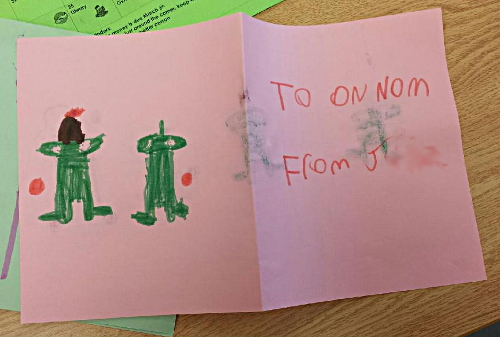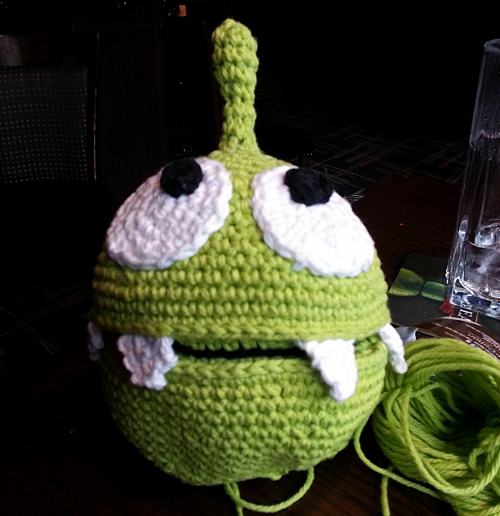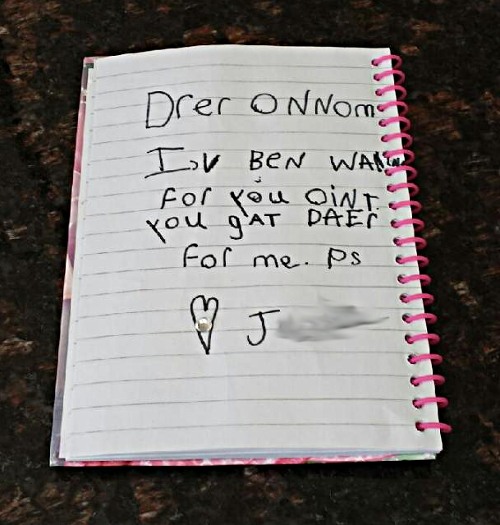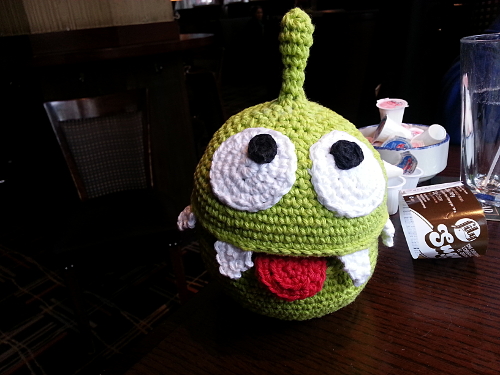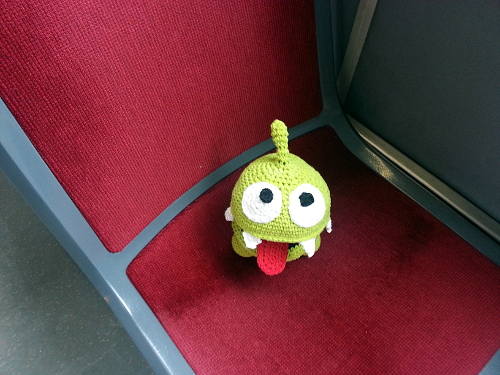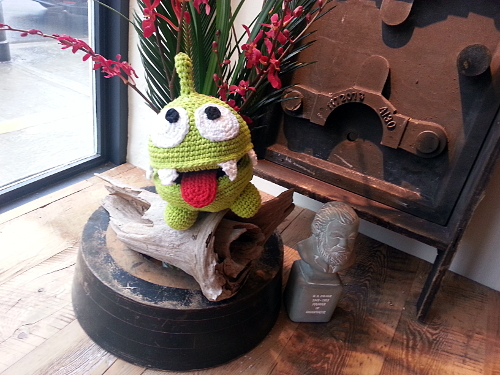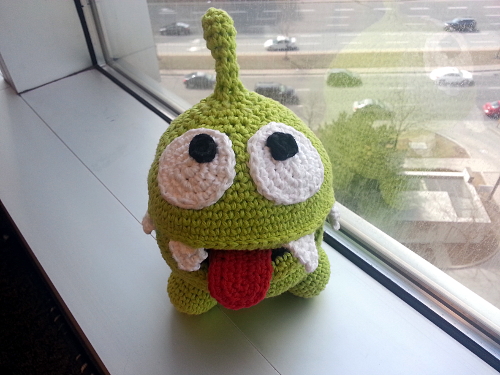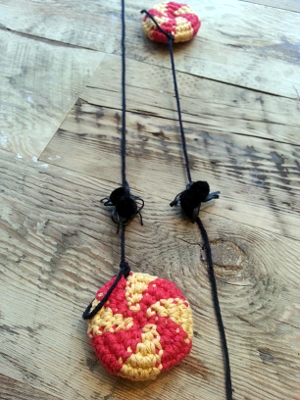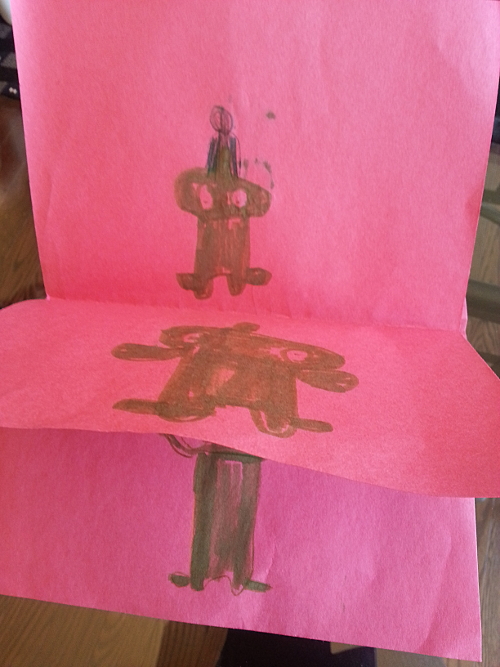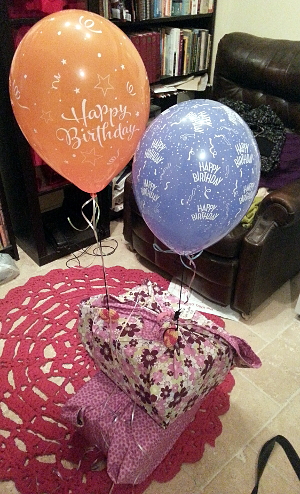I've had an idea to make slippers which look like sneakers for a while. There are some patterns around, but the ones that don't look terrible you have to pay for. Maybe it's just me being cheap, but I've yet to see a slipper design that blew me away so much I wanted to pay for it.
Fortunately, I did find a free, multi-sized pattern for loafers at Whistle & Ivy. I used them for making the slippers for my chiropractor's office, and I used them again for the sneaker slippers.
The great thing about the Whistle & Ivy pattern is that the construction is very shoe-like. That means that you can keep the sole construction the same and play around with different uppers shapes. Although the blog claims the sole is supposed to be a little smaller than your foot, I find the sole comes out much smaller. The pattern makes it easy to make the sole bigger, though — I just make the measurements comparable with a pair of commercially-made ballet flats I own. This time I also made triple soles, instead of the double soles called for in the pattern. I figured the extra layer wasn't a bad thing, and it makes the side of the soles closer in thickness to those on actual sneakers.
I'm pleased with everything about the sneaker slippers except for the white toe box, which is far too big. Next time, I'm going to make it shorter, and start the rest of the upper sooner, and make the tongue longer.
These are entirely made of stash. The bottom sole uses the same black wool as the upper, and the middle sole is some variegated yarn left over from when I made felted slippers. The inside sole is made from turquoise dishcloth cotton so my feet will stay dry. The white parts of the uppers and the embellishments (outer rim of all the sole layers, toe box, star applique, laces, red striping) are all acrylic. Meh. I hand wash all my handmade stuff anyhow.
In all, these used up two and a half balls of stash yarn, plus a little red yarn. Next time I'll use up a little less white, but use a different colour for the bottom sole so that I have more black for the uppers. In the meantime these count as a functional failure, in that they are wearable, just not exactly what I was aiming for.


















